Prepping doesn’t have to break the bank. With just $25 a week, you can build a robust emergency stockpile and develop crucial survival skills. The key is to start small, focus on essentials, and build your preps gradually. This approach not only makes prepping affordable but also allows you to learn and adapt as you go. Whether you’re worried about natural disasters, economic instability, or just want peace of mind, these 15 tips will help you get prepared without emptying your wallet.
1. Start with Water Storage
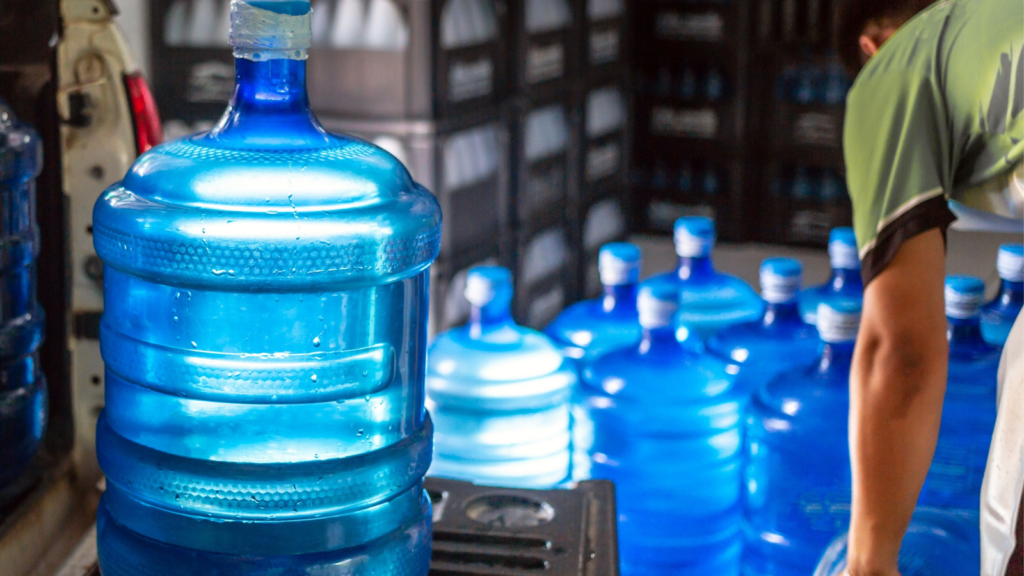
Water is your top priority. Begin by purchasing a few 1-gallon jugs each week. Aim for one gallon per person per day for at least two weeks. Rotate your stock every six months. For about $4 a week, you can quickly build a substantial water supply. Consider adding water purification tablets or a portable filter to your preps, allowing you to safely use water from natural sources in emergencies.
2. Build a Diverse Food Stockpile

Focus on nutrient-dense, long-shelf-life foods. Each week, pick up a mix of canned vegetables, fruits, and proteins. Add rice, beans, and pasta for carbohydrates. Aim for foods you already eat to ensure rotation. With careful shopping, $15 can add several days’ worth of food to your stockpile. Pay attention to sales and use coupons to maximize your buying power, potentially doubling your food preps within the same budget.
3. Invest in a Quality Multi-Tool
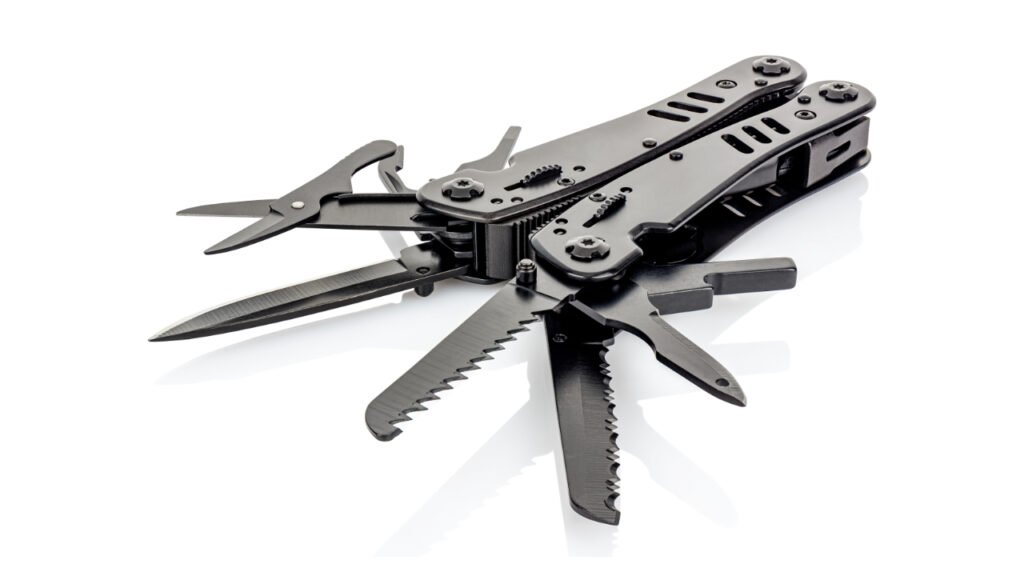
A good multi-tool is worth its weight in gold during emergencies. Save $5-10 each week until you can afford a reliable brand like Leatherman or Gerber. Look for tools with pliers, knife, can opener, and screwdrivers at minimum. This one-time investment will serve you for years. Once you have your multi-tool, practice using each function regularly to ensure you’re familiar with all its capabilities when you need them most.
4. Gradually Acquire First Aid Supplies
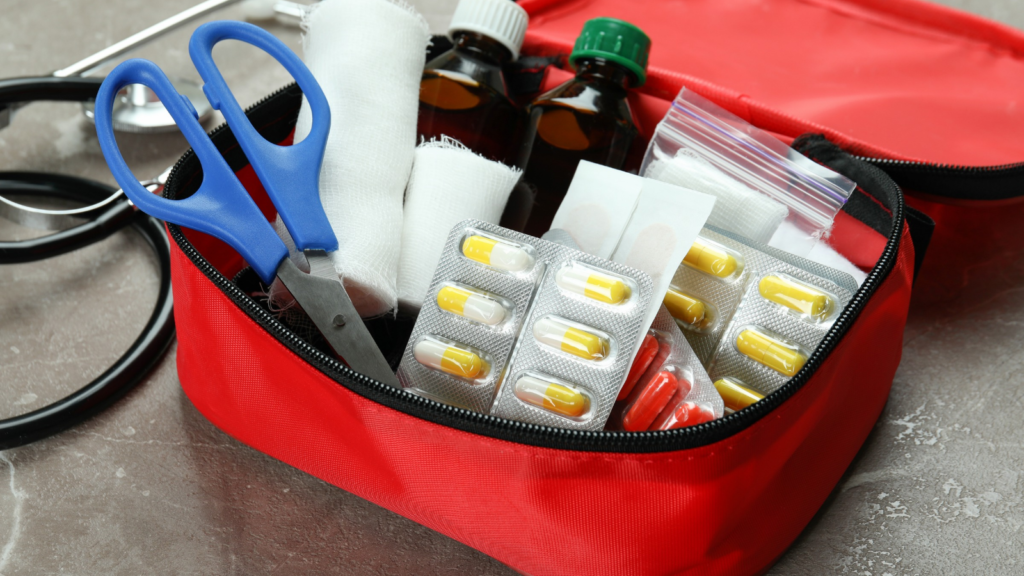
Build your medical kit piece by piece. Start with bandages, gauze, and antiseptic wipes. Add pain relievers, antibiotic ointment, and any personal medications. Each week, spend $3-5 on new items. Within a few months, you’ll have a comprehensive first aid kit. Include a first aid manual in your kit and take a basic first aid course to ensure you know how to use your supplies effectively.
5. Learn and Practice Fire-Starting Skills

Fire is crucial for warmth, cooking, and signaling. Spend $2-3 on matches and lighters. Practice starting fires with various methods. Invest in a ferrocerium rod for a reliable, long-term fire starter. These skills cost little but pay huge dividends in emergencies. Experiment with making char cloth or collecting natural tinder to enhance your fire-starting capabilities without additional cost.
6. Stockpile Essential Hygiene Items
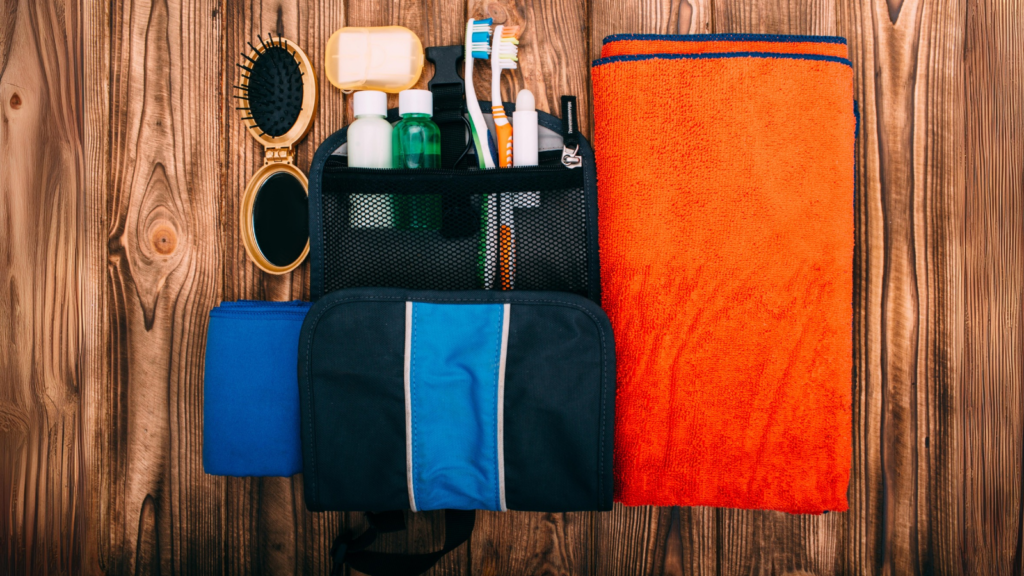
Don’t overlook hygiene in your preps. Each week, add items like soap, toothpaste, toilet paper, and feminine products to your stockpile. Buy in bulk when possible for savings. Allocate $3-5 weekly for these items to build a 3-6 month supply gradually. Learn to make basic hygiene items like soap or toothpowder to extend your supplies and save money in the long run.
7. Invest in Emergency Lighting
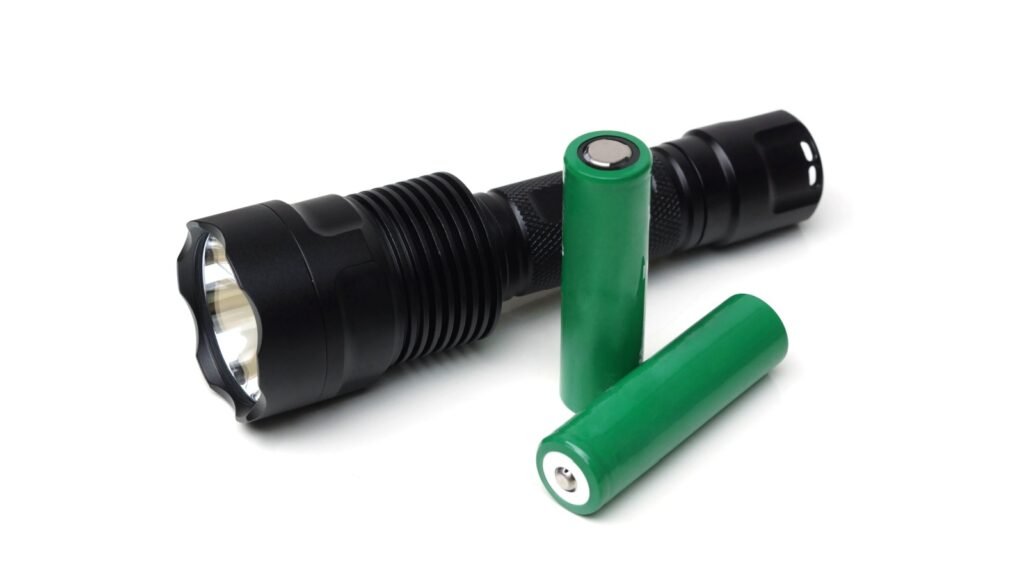
Power outages can happen anytime. Start with candles and matches, then save for LED flashlights and extra batteries. Consider a hand-crank lantern for long-term reliability. Spend $2-3 weekly on lighting preps until you have multiple options. Include glow sticks in your prep; they’re cheap, long-lasting, and safe to use indoors without fire risk.
8. Build a Basic Tool Kit

Essential tools are vital for repairs and improvisation. Start with a hammer, screwdrivers, and adjustable wrench. Add pliers, duct tape, and WD-40. Allocate $5 weekly to tools until you have a comprehensive kit. Check thrift stores and yard sales for deals. Learn basic home and auto repairs to maximize the usefulness of your tool kit and save money on professional services.
9. Create a Communication Plan

Communication is key in emergencies. Invest in a hand-crank or battery-powered radio to receive emergency broadcasts. Save for a set of two-way radios for family communication. Set aside $2-3 weekly for communication gear. Develop and practice a family communication plan, including out-of-area contacts and designated meeting points, to ensure everyone knows what to do in various emergency scenarios.
10. Stock Up on Batteries
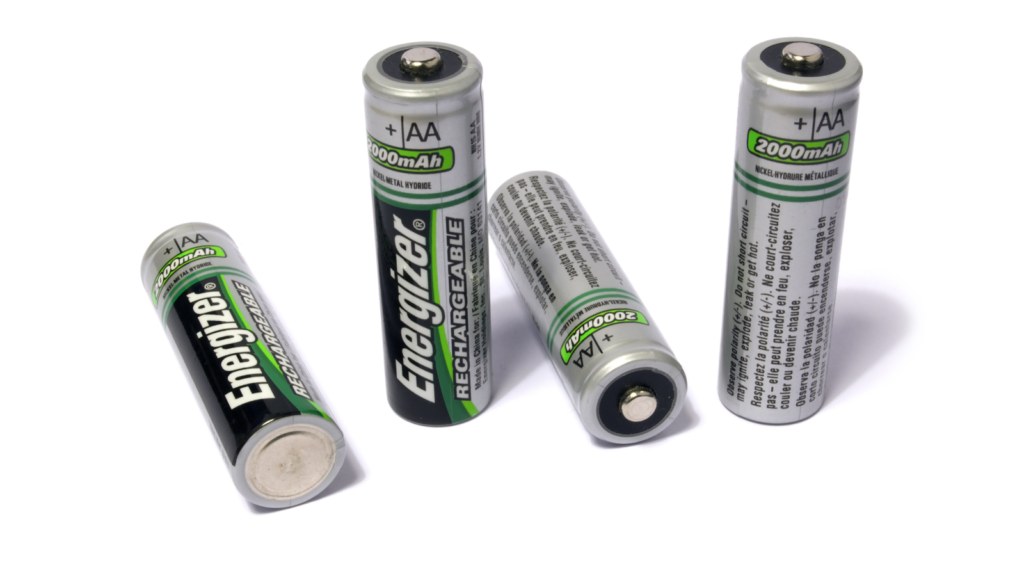
Many emergency items require batteries. Buy a variety of sizes each week, focusing on the types your devices use. Look for long-shelf-life options. Allocate $2-3 weekly to build a substantial battery stockpile. Consider investing in rechargeable batteries and a solar charger for a more sustainable and cost-effective long-term solution.
11. Invest in Food Preservation Methods

Learning to preserve food extends your stockpile and saves money. Start with salt and vinegar for basic preservation. Save for canning supplies or a dehydrator. Spend $3-5 weekly on preservation methods and supplies. Practice fermentation as a low-cost preservation method that also provides beneficial probiotics for gut health during stressful times.
12. Build a Comprehensive Reference Library

Knowledge is power in emergencies. Each week, set aside $2-3 for books on survival skills, first aid, and emergency preparedness. Look for used books to stretch your budget. Build a library covering various survival scenarios and skills. Create a binder with printed copies of essential information and skills to ensure access even without power for electronic devices.
13. Acquire Basic Sewing Supplies

The ability to repair clothing and gear is invaluable. Start with needles, thread, and scissors. Add patches, buttons, and a seam ripper. Spend $1-2 weekly until you have a complete sewing kit. Practice basic repairs to build your skills. Learn to darn socks and reinforce stress points on clothing to extend the life of your wardrobe and gear.
14. Start a Seed Bank
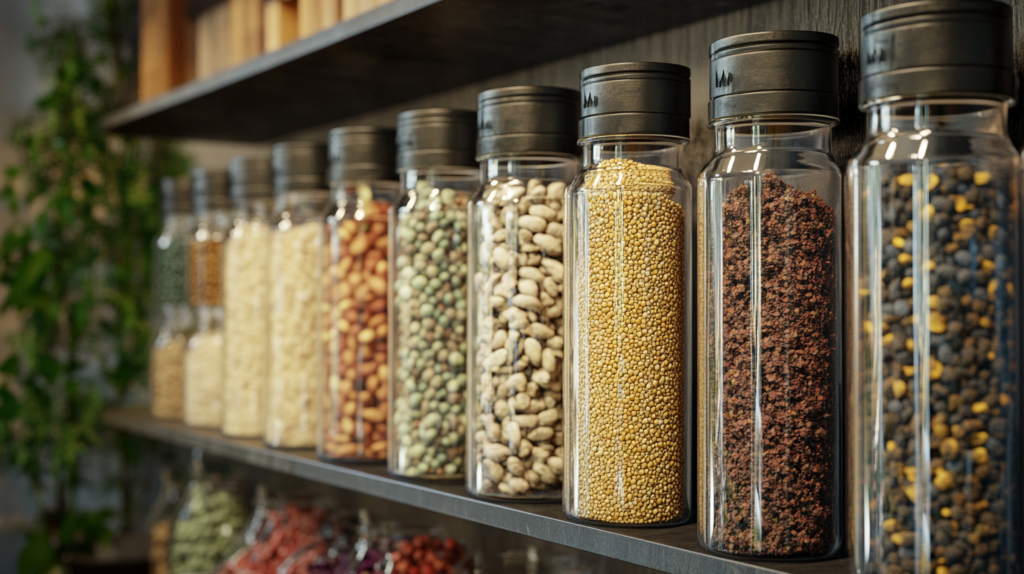
Growing your own food is crucial for long-term preparedness. Begin collecting non-hybrid, heirloom seeds. Focus on nutritious, easy-to-grow varieties like beans, tomatoes, and greens. Allocate $2-3 weekly to build a diverse seed bank. Learn about seed saving techniques to replenish your seed stock from your own harvests, making your food production truly sustainable.
15. Invest in Personal Protection
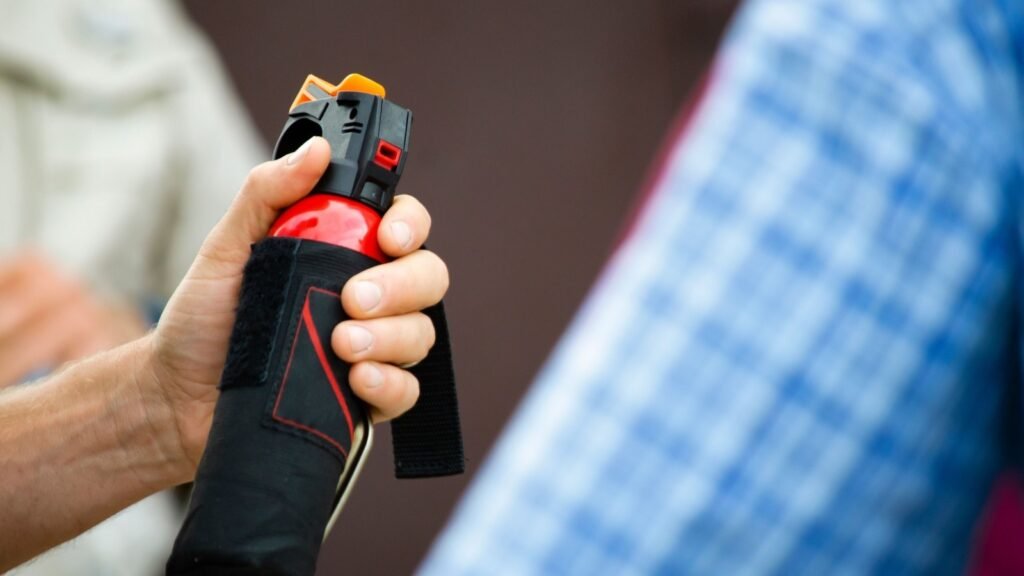
Self-defense is a sensitive but important aspect of preparedness. Start with pepper spray and a personal alarm. If legal in your area, consider saving for more comprehensive protection. Always prioritize training and safe storage. Set aside $3-5 weekly for personal protection items and training. Learn situational awareness techniques and basic self-defense moves, which cost nothing but can significantly enhance your personal safety.
50 of the Best Guns Ever Made
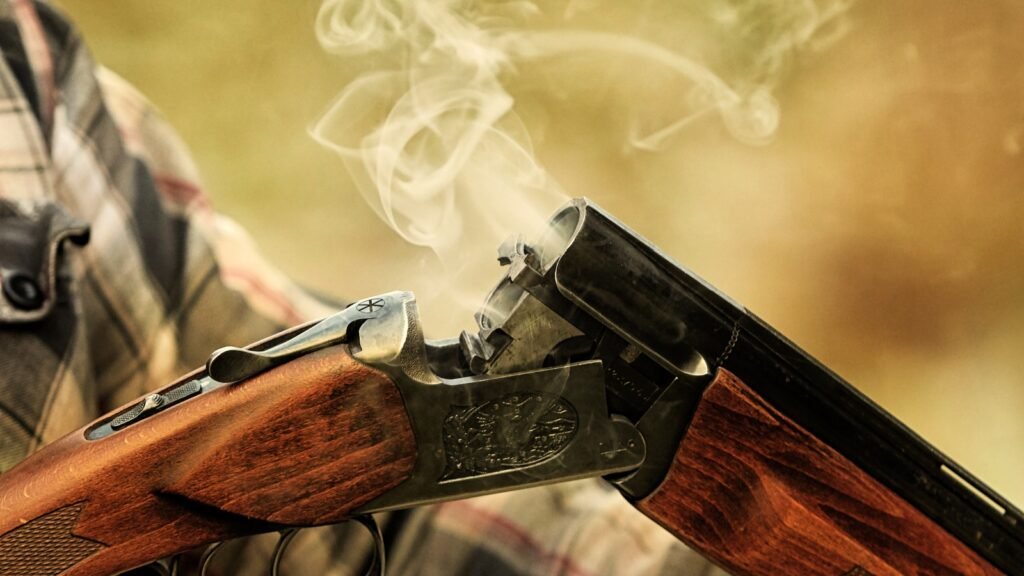
Some guns earn their place in history by changing how firearms are designed, others by proving themselves reliable no matter the circumstances. A few achieve iconic status because of their sheer innovation or excellence. The Browning Auto-5 revolutionized autoloaders, the Ruger 10/22 redefined versatility, and the Remington Model 700 became the backbone of American bolt-action rifles. These firearms aren’t ranked in any particular order, but each has earned its way onto this list. Whether you’re here to celebrate timeless craftsmanship or find inspiration for your own collection, this list dives into firearms that left an undeniable mark.
Read More: 50 of the Best Guns Ever Made
23 Crisis Scenarios You Haven’t Planned For But Totally Should

As a seasoned prepper, I’ve seen my fair share of unexpected situations. While most of us have the basics covered, there are some scenarios that often slip under the radar. These aren’t your typical doomsday events, but they could still turn your world upside down if you’re not prepared. I’ve compiled a list of 23 SHTF scenarios that might surprise you. Trust me, after years of homesteading and prepping, I’ve learned it’s better to be over-prepared than caught off guard.
Read More: 23 Crisis Scenarios You Haven’t Planned For But Totally Should
39 Essentials to Stockpile Beyond the Big Three

When it comes to prepping, most folks focus on the big three: water, food, and weapons. But in my years of experience, I’ve learned that true preparedness goes way beyond these basics. There’s a whole world of items that can make or break your survival situation. I’ve put together a list of 39 often-overlooked but essential preps to get hold of after you’ve taken care of food and water to take care of your immediate survival needs, and weapons to defend your family and property and to hunt. Trust me, you’ll want to add these to your stockpile before it’s too late.
Read More: Be A Preparedness Pro | 39 Essentials to Stockpile Beyond the Big Three

